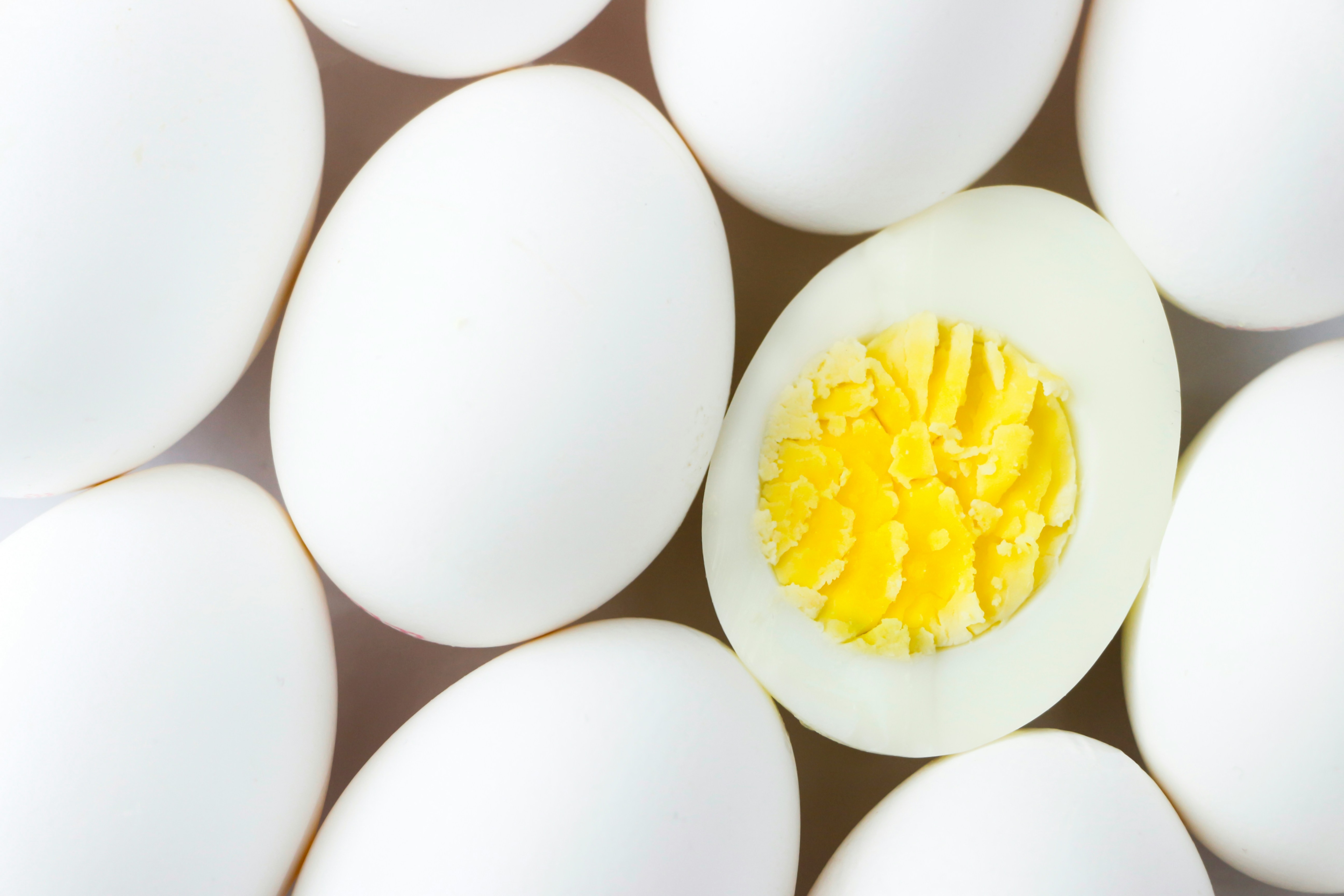Cauliflower, or phool gobhi as we lovingly call it, is an immensely popular vegetable in north India. Gobhi ke paranthe and aloo gobhi ki sabzi are probably the most consumed item in a typical Punjabi home. Cauliflower's origin can be traced to Cyprus from where it moved to west Asia, and Europe. The British brought it to India about 150 years ago, thereafter, our farmers raised their own seeds, creating the Indian cauliflower. Four of the earliest varieties listed are the Early and Main Crop Patna and Early and Main Crop Banaras. Botanically speaking, cauliflower belongs to the species Brassica oleracea in the genus Brassica, which belongs to the family Brassicaceae. Other popular vegetables in this species include broccoli, Brussels sprouts, cabbage, collard greens, and kale, which are also referred as cole crops. The edible white flesh of cauliflower is referred to as "curd" and we normally eat both the stem and flower tissue.
Nutritionally 100 g of Cauliflower will provide:
6. Good For Eye And Skin: The sulphur compounds protect our retina against oxidative stress preventing cataract and macular degeneration. The vitamin C, also known as the skin vitamin, protects against signs of early ageing like wrinkles and dryness of the skin.7. Cook It Right: Keep the cooking time, and contact with the cooking surface, to the minimum, which enhances the flavour and also retains the essential nutrients. Boiling or steaming cauliflower isn't great for its texture or flavour enhancement. Studies have shown that cauliflower stands up well to various cooking methods without losing its nutrient levels. Vitamin C, phytonutrients and flavonoids present in the vegetable aren't destroyed after cooking. In fact, researchers have found that the bioavailability of nutrients like lutein and zeaxanthin improves after cooking.Best Way To Select And Store: While buying cauliflower, make sure it is clean, creamy-white and compact - the bud clusters should not be separated. Avoid picking up spotted cauliflower or one where the flowers are present. Try to get one which is surrounded with leaves, those are the freshest. The leaves of cauliflowers are also very nutritious. Cauliflower grows in the months of October and November in India and is best consumed during its peak season.
Nutritionally 100 g of Cauliflower will provide:
- 96kj/100gms
- 2.15g protein
- 0.44g fat
- 2.03g carbohydrate
- 3.71g fibre, both soluble and insoluble fibre.
- Vitamins B - thiamine, riboflavin, niacin and vitamin B6
- 47mg/100g vitamin C (mzkes it one of the richest sources in our food)
- 14 microgram/100g of vitamin K, which is 20% of our daily requirement
- 45.95 microgram/100 g of folates
Advertisement
Since cauliflower is low in calories, adding to your weight loss diet is not a bad idea
6. Good For Eye And Skin: The sulphur compounds protect our retina against oxidative stress preventing cataract and macular degeneration. The vitamin C, also known as the skin vitamin, protects against signs of early ageing like wrinkles and dryness of the skin.
Advertisement
For the latest food news, health tips and recipes, like us on Facebook or follow us on Twitter and YouTube.
Advertisement
